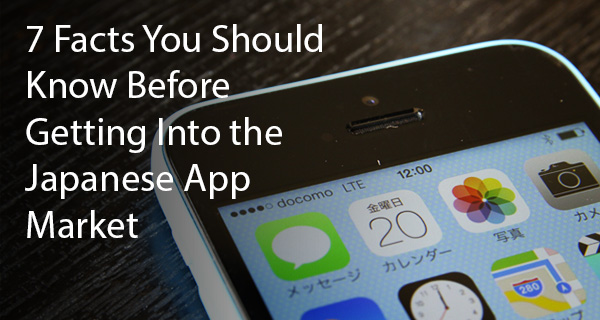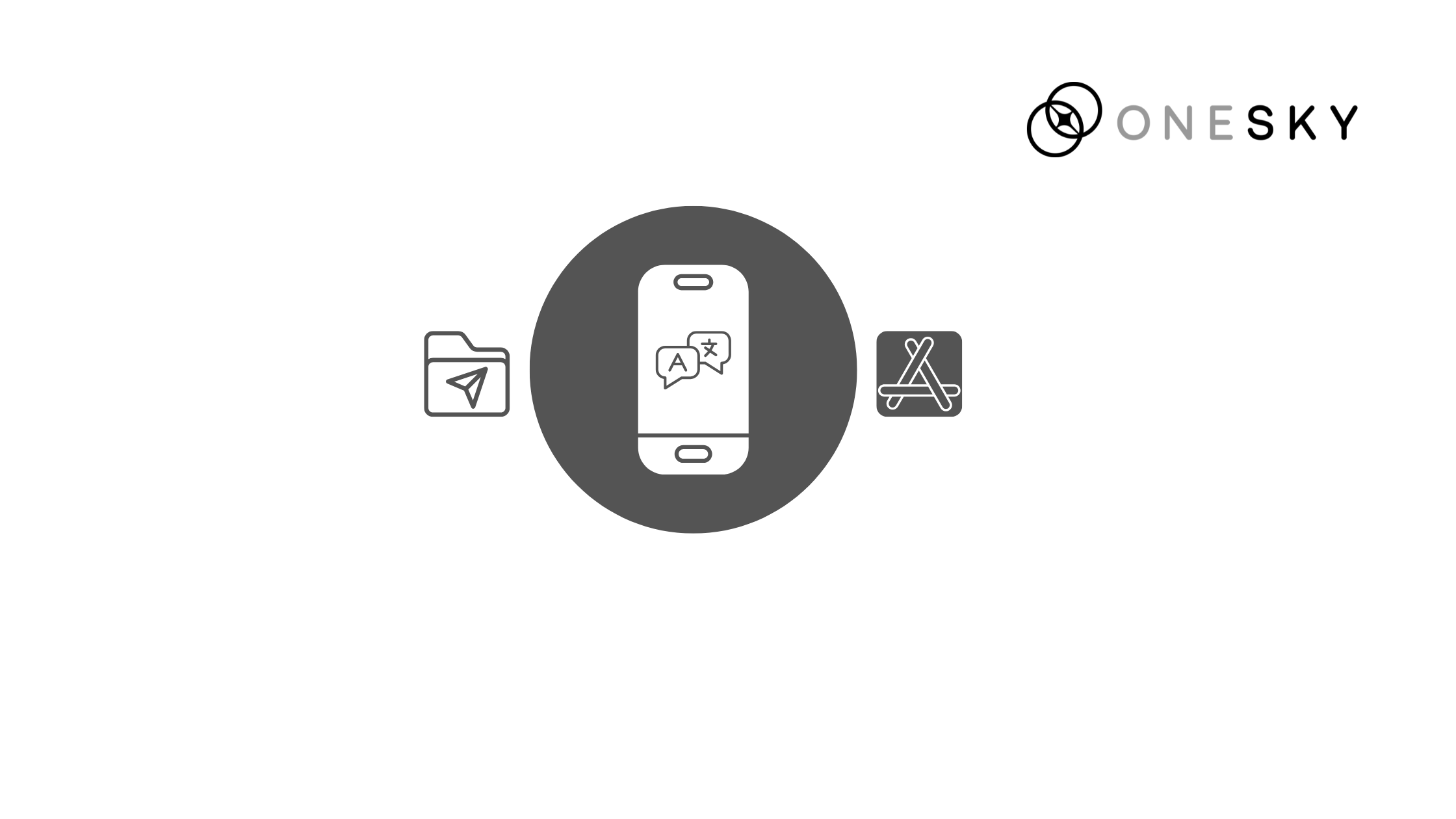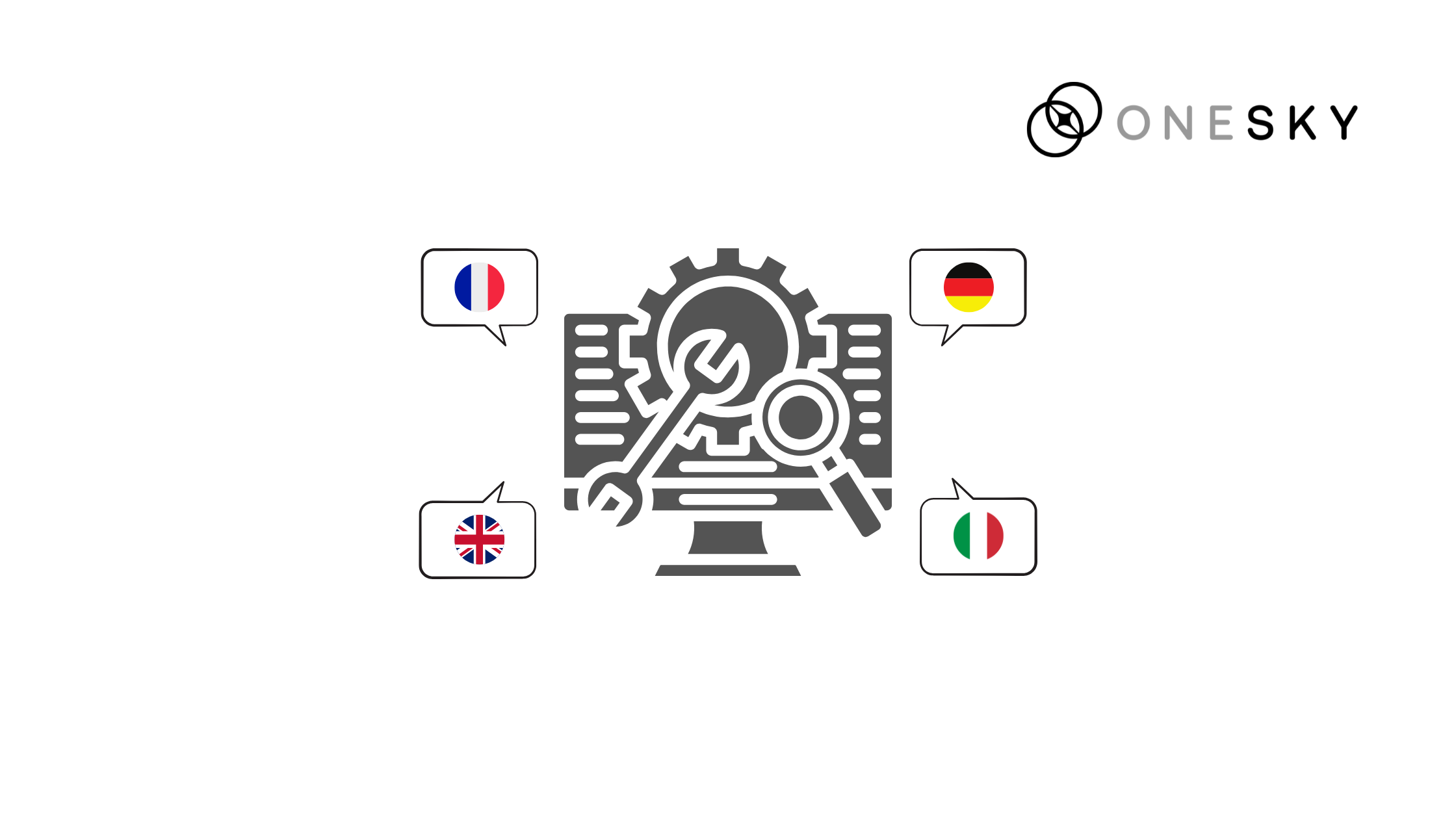7 Facts You Should Know Before Marketing An App in Japan
Did you know that Japan has the world’s most lucrative app markets? This isn’t exactly a surprise, since Japan is constantly one step ahead in the world of technology. Recent reports from App Annie and Distimo has shown that Japan has led the world both in app spending and in profit margins on mobile games since 2013. Naturally, many app developers are keeping an eye on the Japanese market, but Japan is not an easy place for foreign players to establish a new product.
Fortunately, we can help. Here are seven key facts you need to know if you’re wondering on how to market an app in the Japanese app market.
1. Japan tops App Spending Charts since 2013
The first lesson of bringing an app to Japan is that it can be very, very lucrative to do, especially since 2013, when smartphones in the country increased drastically from 28% to 42%. Plus, Japanese mobile users are accustomed to paying for digital content, so it was no surprise when total spending on smartphone apps skyrocketed.
Check out this chart (below) from App Annie, which shows how Japan produced almost $350 million of combined monthly app revenue across iOS and Google Play, surpassing revenue in the United States and pushing Japan to the top of the world app market.
2. True Success = Highest Profit Margin
It’s not enough just to look at the revenue generated by a particular market. After all, for a business; what really matters is the profit margin. And in terms of profit, too, Japan seems to be topping the charts—at least according to a recent report from Distimo. With the world’s highest revenue per download and the world’s third-lowest cost per download, each app in the Japanese market will obtain on average, a profit margin of $4.48.
For foreign developers, those kinds of numbers are tempting. They’re also hard to achieve. In order to compete in the Japanese market, the main key is to analyze how domestic developers are managing costs and boosting demand for paid apps.
3. Five Key Domestic Players Sharing The Revenue Pie
With high revenue and high profit margins, Japan may seem like a developer’s dream. Still, it can be a difficult market to enter because just five major domestic players share a full two-thirds of the country’s app revenue. Equipped with strong local knowledge, extensive connections and a deep foothold in the app market, these major players make for some tough competitors. In order to thrive in Japan, it’s essential for app developers to consult with people, who know the country well. Japanese app developers, marketers, and localization experts can help you tailor your app to succeed in a competitive market.
4. Android or iOS? Neck-and-Neck Competition!
Good news for Android app developers: while iOS app revenue is still ahead of Google Play, the gap between the two platforms has closed quite a bit in Japan. However, with the largest mobile operator in Japan, DoCoMo, now offering iPhones, Apple’s smartphone market share reached 76% last year. Apple sales figures tripled Samsung in October 2013. For now, at least, iOS seems likely to have an edge on Google Play, but it’s a tough competition and maybe more so than any other markets.
5. Gaming as the Favorite App Genre
Are you trying to figure out what kind of app will be a hit in the Japanese market? One word: games. Puzzle & Dragons, a huge gaming hit in Japan, helped GungHo Online become the most profitable publisher of 2013 in Japan. Last year alone, the company reportedly earned $691 million through the iOS App Store and $820 million through the Google Play Store—altogether, more than $1 billion in revenue. GungHo’s success makes sense, because the company focuses on building games. And looking at the top 50 paid apps in Japan for both Google Play & iOS, over half of them belong to the gaming genre.
6. Japanese Language as the First Step in Localization
If you want to compete with the major domestic players in Japan, localization is essential. In particular, to develop a successful app for Japan, translation into Japanese is a must. Of the top 50 paid apps in Japan, 80% have developed a Japanese version to suit users better. Plague Inc. and Infinity Blade III are two examples of gaming apps that originated in the West and eventually came to top the charts—but only after finding localization experts to help translate and customize their app for the Japanese market.
7. Visual Items as another Key Concern
For western developers, localizing an app for East Asia involves far more than overcoming the language barrier. After all, the cultural gap isn’t just about words. Visual items in particular can work well in one market but fall flat, or even cause offense, somewhere else. David Ng, Chief Executive of the Singapore-based gaming company Gumi Asia Pte Ltd, shared his experiences in an interview with Global Post:
“In Puzzle Trooper, a game originally intended for western players, a character resembling the wrestler Hulk Hogan got some manga makeovers. When we started doing testing in Asia, we realized that they don’t really like the western art that much, then we tested with some more Japanese-looking art and the response was really good.”
Before settling on the details of your localization effort, it’s helpful to conduct focus-group research with Japanese app users, or to partner with a local design house. That way, you can figure out what parts of your app may or may not appeal to customers in this lucrative—and growing—market.
Learn More
Learn more about which app genres worldwide are localizing—and how your competitors are localizing—in our free data report:
 hbspt.cta.load(1761271, ’19fa3b82-e538-422d-b610-3327d727d90e’, {});
hbspt.cta.load(1761271, ’19fa3b82-e538-422d-b610-3327d727d90e’, {});
Don’t miss out on localization resources and tips! Subscribe to our newsletter to learn the best ways to go global.



 Written by -
Written by - 


 Written by
Written by 

 Written by
Written by 



great to see this article.. the japanese market is even hard to getting in.. there are barriers as”カベ” to marketing those people who has already get used to the old typed game. such japanese games as 単車の虎 is just the example, the game design looks really old fashioned, but the revenue seems high in app store.
Thanks for your feedback, nealone! Indeed, nostalgic gaming elements and visual style could arouse Japanese gamers’ interests. Perhaps some rebranding like what Puzzle Trooper did may help! 🙂
Patrick, it would be great to have your reply~
nostalgic as you mentioned~haha~ it’s true~
I talked to a Japanese game producer last month, and she implied that, those games which gains high revenues may consist the nostalgic design thereby the people around 30 to 40 need no time to take the tutorials (初心者ガイド). Most of them have the high ability to pay in games.
I played a game MUJO, which is a really nice game with splendorous idea and beautiful UI, However, it may take some time for Japanese 40s old man to accept it~
Yes, i have done. like you told in post. and my app is also ranked on JP Play store but not getting downloads why.